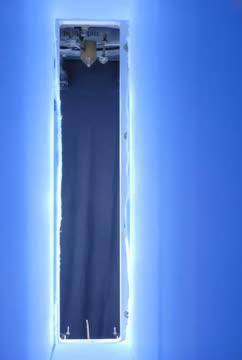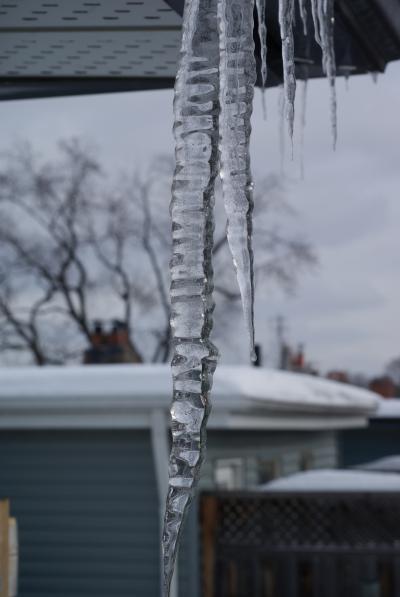Morris and Chen found that ripples only became apparent at the remarkably low salinity of the water with 20 mg of salt per litre. This level, in fact, is a considerably lower level of impurity than found in common tap water.
"We even added a non-ionic ingredient to the distilled water to reduce the surface tension of the thin film of water flowing over the icicle, and it didn't produce ripples," said Chen. "Instead, ripples emerge only on icicles grown from water with dissolved ionic impurities."
"Our motivation is pure curiosity about natural patterns, but the study of ice growth has serious applications, including ice accumulation on airplanes, ships and power lines," said Morris. "This result is totally unexpected, not just by us before we did this, but by theorists and experimentalists in our field who study ice dynamics and pattern formation."
"No theory accounts for the effect of salt, so the shape of icicles and the reason for their ripples are still mysteries. Except we now know that a little salt is required in the recipe."

These are movies of three icicles grown under identical conditions of ambient temperature, water supply rate, and nozzle temperature. (1) wasmade with distilled water only; (2) was made with distilled water plus NaCl with a mass fraction of (8.0 +/- 0.2 X 10^{-5}; (3) wasmade with distilled water plus NaCl with a mass fraction of (1.278 +/- 0.002) X 10^{-3}. The icicle grows from a rotating support overa period of about 10 hours. The support looks like its rotating fast, but actually takes about four minutes per rotation.
(Photo Credit: Antony Chen and Stephen Morris, Nonlinear Physics, University of Toronto)

This is a time-lapse movie of a laboratory grown icicle with an almost perfect self-similar shape. The icicle grows from a rotating support overa period of about 10 hours. The support looks like its rotating fast, but actually takes about four minutes per rotation. It was grownfrom distilled water with gently stirred air. These conditions turn out to favor the ideal shape.
(Photo Credit: Antony Chen and Stephen Morris, Nonlinear Physics, University of Toronto)

This is a natural ripply icicle, collected to measure water composition.
(Photo Credit: Stephen Morris)
Source: University of Toronto